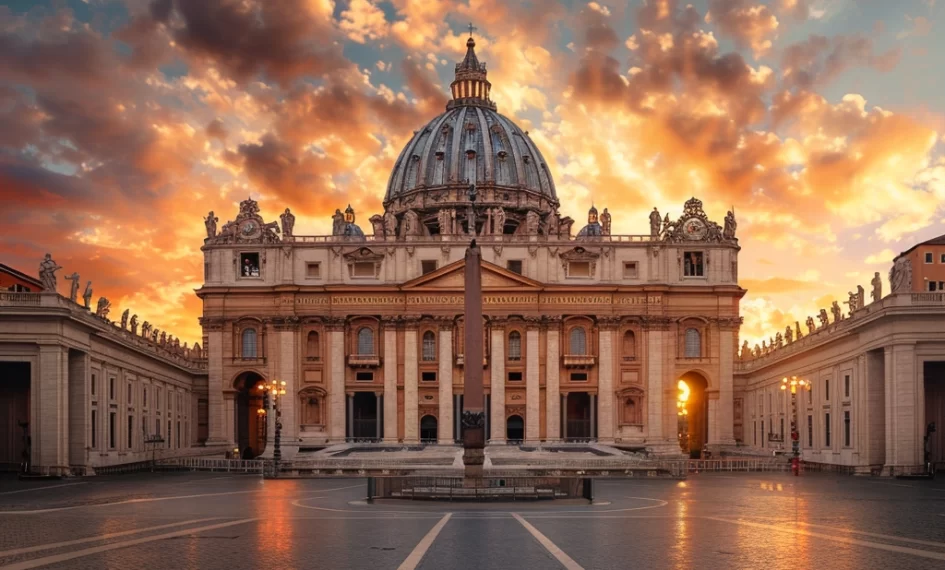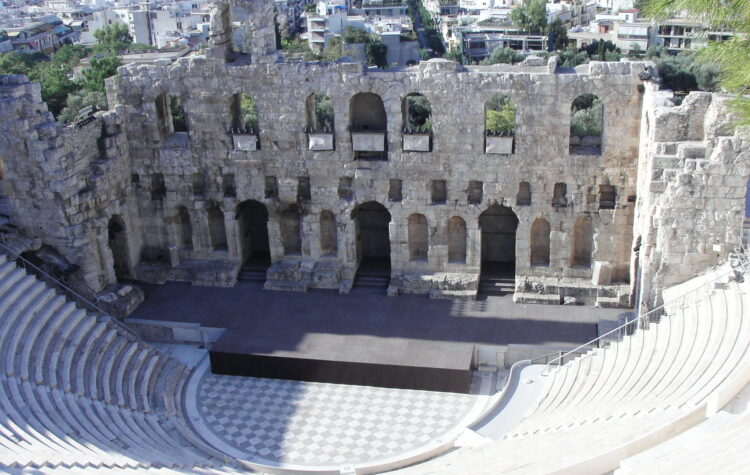Definition:
A basilica is a large, important church building designated by the Catholic Church that has certain rites and privileges. Originally, in Roman times, a basilica was a public building used for legal and other official proceedings, characterized by its large size, rectangular floor plan, and rows of columns. Over time, the architectural form was adapted for Christian worship, becoming synonymous with grand, rectangular churches featuring a central nave with aisles, an apse, and sometimes a transept.
Etymology & Origin:
The term “basilica” comes from the Greek word “basilike,” which is derived from “basileus,” meaning “king.” This reflects the basilica’s original use in Roman times as a building of importance and grandeur, often used for legal matters and public assembly. The adaptation of basilicas for Christian purposes began in the 4th century, symbolizing the religion’s growing influence and the architectural shift towards structures that emphasized the communal and ceremonial aspects of worship.
Examples:
- The Basilica of St. Peter in Vatican City, renowned for its Renaissance architecture and significance as a pilgrimage site.
- The Basilica of San Vitale in Ravenna, Italy, famous for its stunning mosaics and as an example of early Christian Byzantine art and architecture.
- Ancient Roman basilicas, such as the Basilica Ulpia in the Forum of Trajan, showcasing the original public and administrative uses of the basilica design.



